How four of the greatest writers in history thrived in their garden sheds
Over the years many writers have found a garden shed to be a perfect place to lock themselves away from everyday life and let their creativity pour out. Rob Crossan celebrates four titans of literature who have made the most of that little spot in the garden.
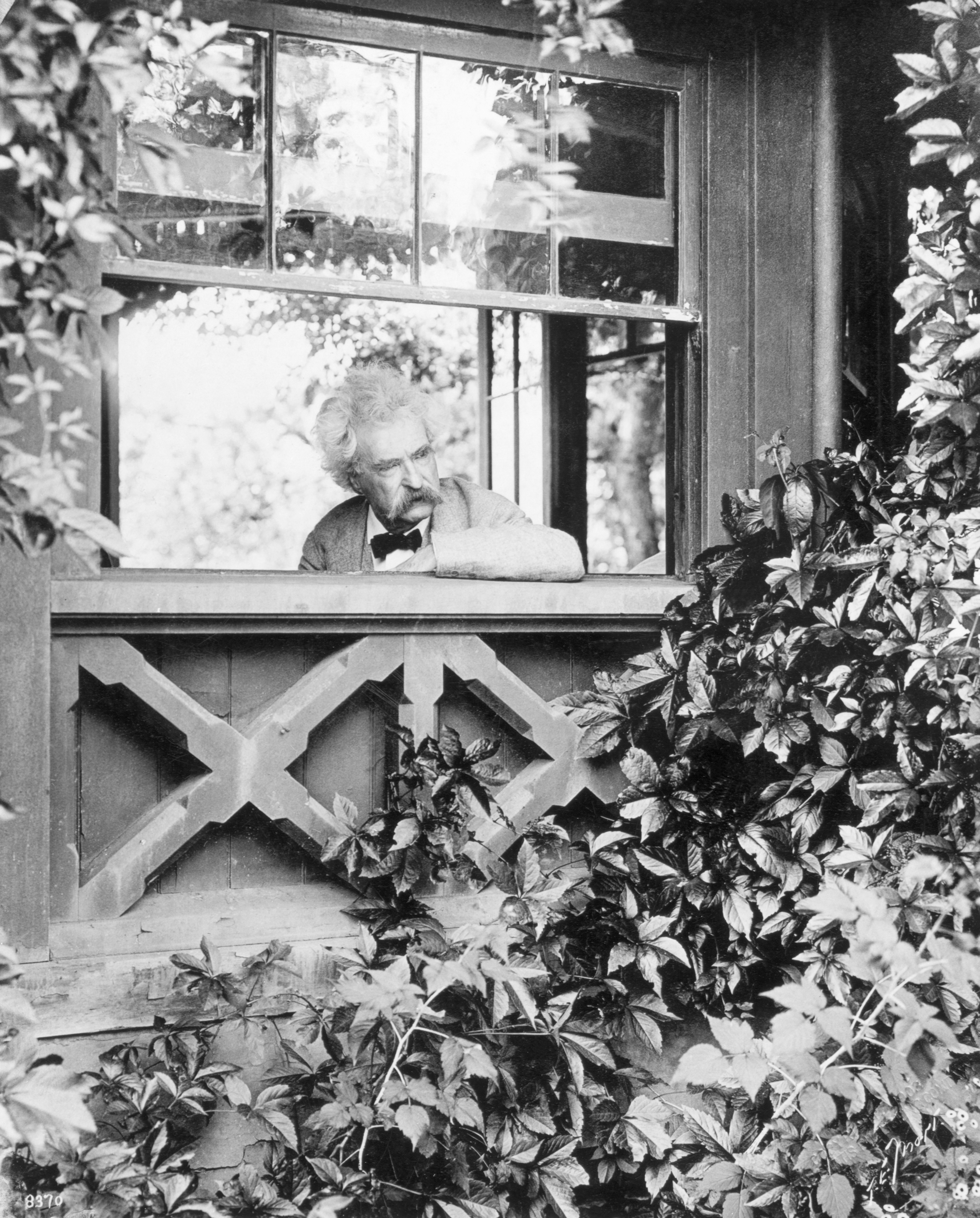

Using a garden shed as a spot to get away from the business (not to mention the busy-ness) of everyday life is a tempting proposition.
Obviously you'll have to clear out the old bikes and broken pots first. And you must absolutely not be tempted to buy one of those Wi-Fi extender boxes to extend your internet to your outhouse.
That said, there are other things you can take from these ideas. Be creative, as George Bernard Shaw was with his rotating shed idea; block out the world, as Roald Dahl always did; ensure the view outside is inspiringly beautiful, a la Virginia Woolf; and make sure your shed is a real beauty complete with chimney and fireplace, in the Mark Twain manner.
Get it right and the reward could be productivity you'd scarcely have dared dream of, as these four literary greats demonstrate.
George Bernard Shaw
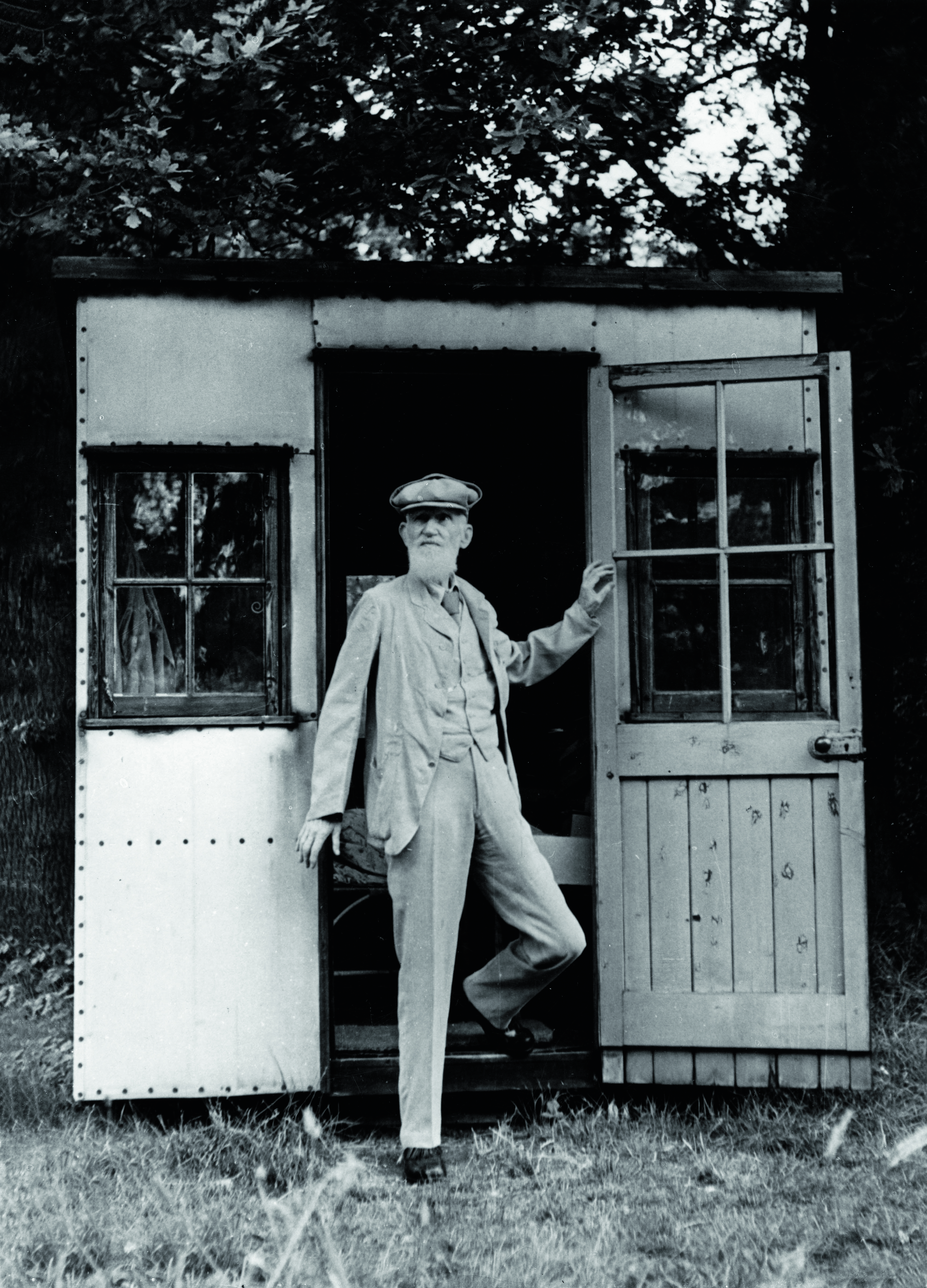
'People bother me. I came here to hide from them,' said Shaw, immediately nailing the misanthropic crux of the shed's appeal to a writer.
It was more than just people that bothered the playwright: lack of illumination was also an issue, apparently, so Shaw got around it by constructing a rotating shed,which he could shift in order to follow the sunlight.
To get the peace he craved to write, he nicknamed his shed London. Anyone popping by to see the great man was told, truthfully, by his staff that Shaw was ‘in London’.
Sign up for the Country Life Newsletter
Exquisite houses, the beauty of Nature, and how to get the most from your life, straight to your inbox.
Roald Dahl
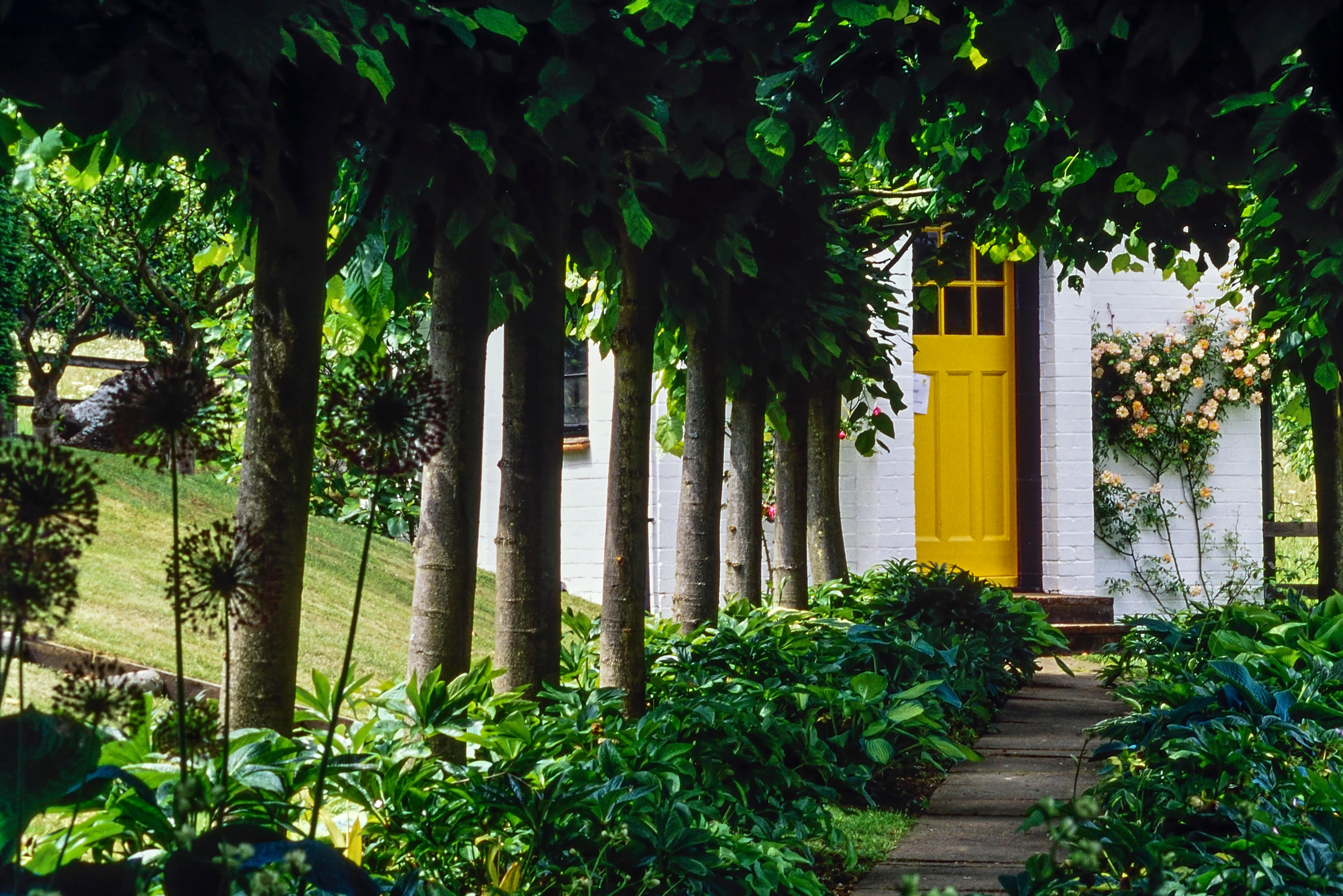
The undisputed king of children’s stories famously worked out of a shed at the bottom of his garden in the village of Great Missenden, Buckinghamshire.
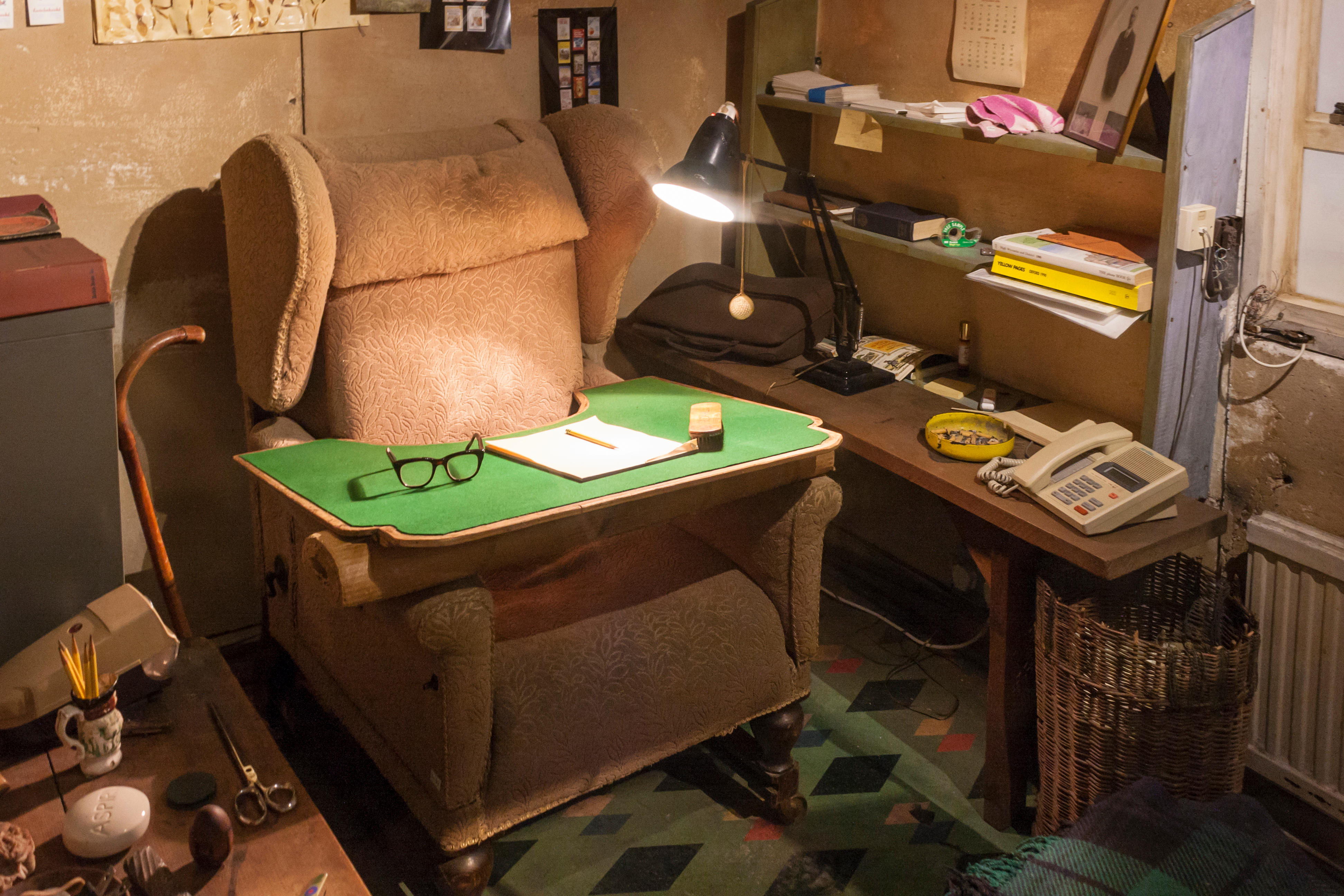
‘I personally draw all the curtains in the room, so that I don’t see out the window and put on a little light which shines on my board,’ he once stated.
‘Everything else in your life disappears and you look at your bit of paper and get completely lost in what you’re doing’.
Virginia Woolf
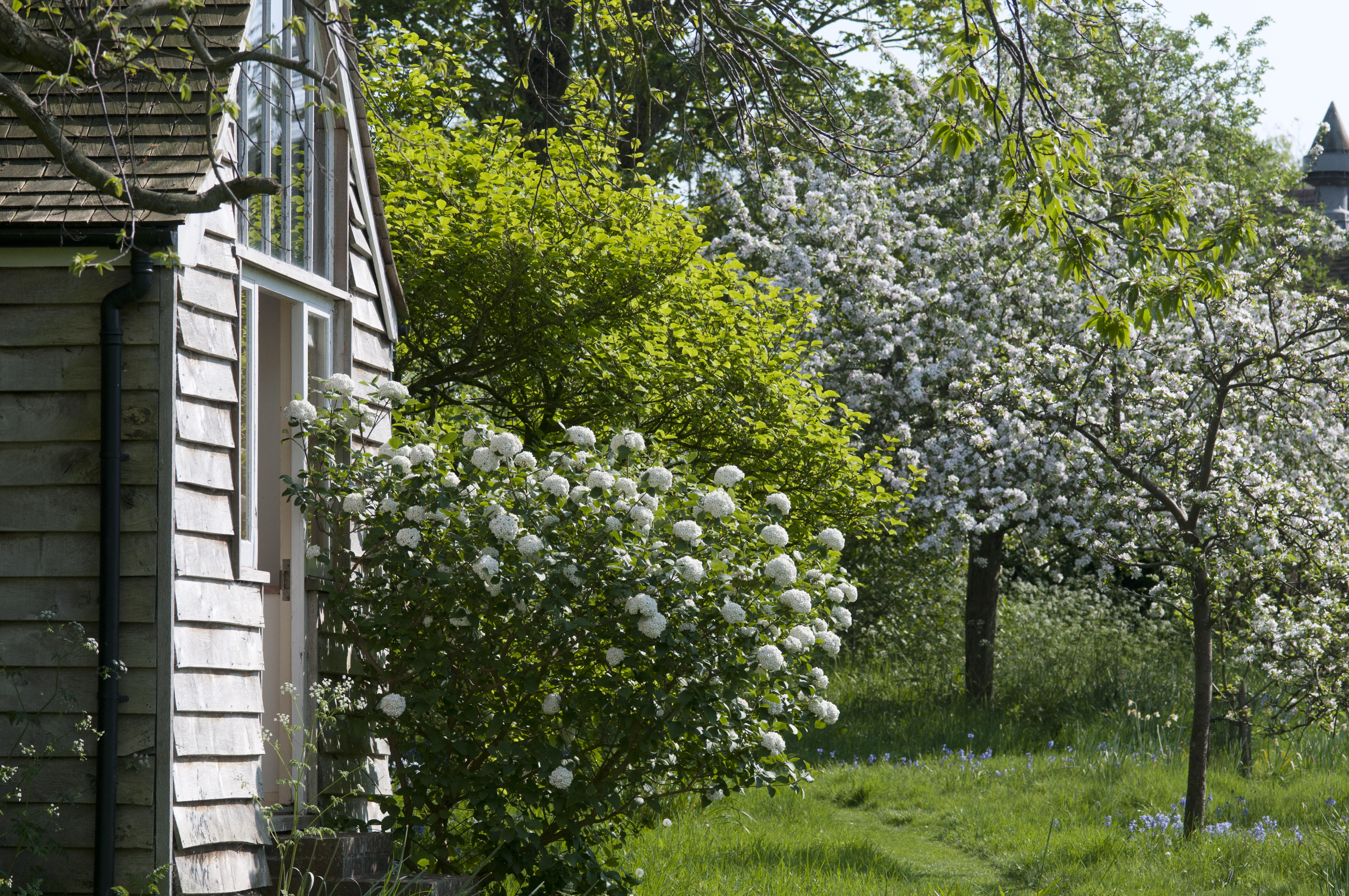
Virginia Woolf Mrs Dalloway was written almost entirely in a shed the author possessed at Monk’s House in East Sussex.
Barring the occasional visit from T. S. Eliot and E. M. Forster, among others, Woolf would spend three hours alone in the shed each day, writing the novel on notebooks that she and her husband, Leonard, would personally bind.
Mark Twain
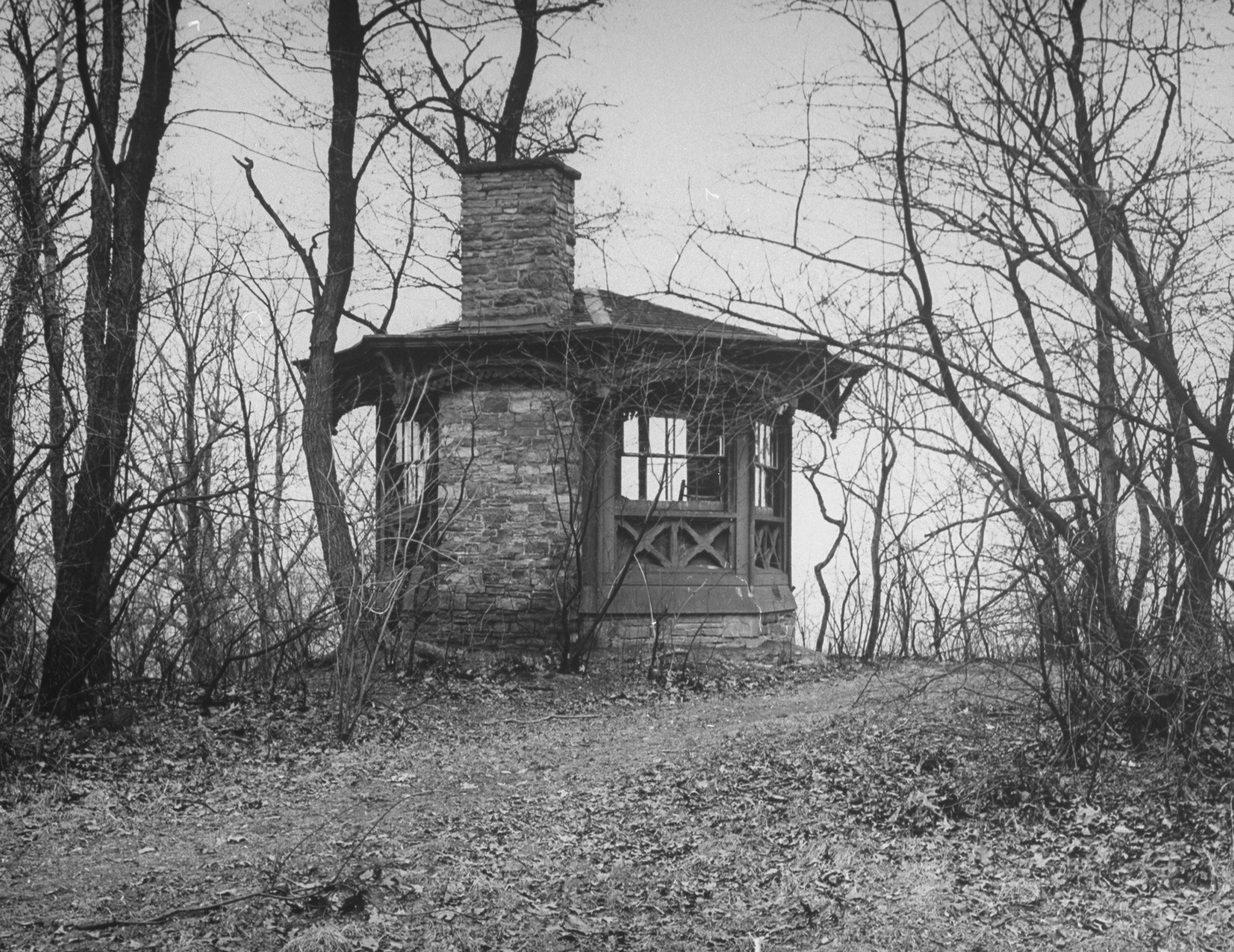
Mark Twain’s sister built an octagonal shed for him to write in when he went to stay with her on her farm in upstate New York. It clearly did his work no harm: his stories featuring Tom Sawyer and Huckleberry Finn were written inside it.
You can now see the shed for yourself, as it has been moved to the grounds of nearby Elmira College. His sister’s intentions weren’t perhaps entirely selfless: despising Twain’s pipe-smoking habit, moving him to the shed meant she no longer had to put up with the fumes in her home.
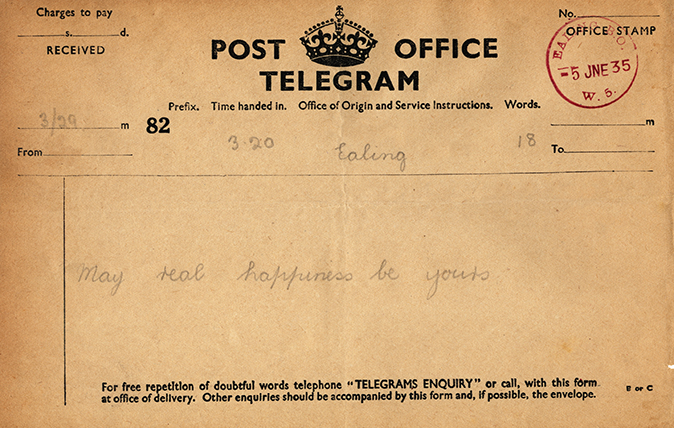
The 10 most memorable telegrams ever sent, from hydrogen bombs to boiled eggs
Rob Crossan recounts the stories behind the most legendary, curious and useless telegrams ever sent.

Credit: Alamy
10 terrible but terribly funny school reports of the world famous, from Einstein to Churchill
Jonathan Self picks out 10 of his favourite bad school reports of all time, and laments the fact that the
Country Life is unlike any other magazine: the only glossy weekly on the newsstand and the only magazine that has been guest-edited by HRH The King not once, but twice. It is a celebration of modern rural life and all its diverse joys and pleasures — that was first published in Queen Victoria's Diamond Jubilee year. Our eclectic mixture of witty and informative content — from the most up-to-date property news and commentary and a coveted glimpse inside some of the UK's best houses and gardens, to gardening, the arts and interior design, written by experts in their field — still cannot be found in print or online, anywhere else.
-
 Designer's Room: A solid oak French kitchen that's been cleverly engineered to last
Designer's Room: A solid oak French kitchen that's been cleverly engineered to lastKitchen and joinery specialist Artichoke had several clever tricks to deal with the fact that natural wood expands and contracts.
By Amelia Thorpe
-
 Chocolate eggs, bunnies and the Resurrection: Country Life Quiz of the Day, April 18, 2025
Chocolate eggs, bunnies and the Resurrection: Country Life Quiz of the Day, April 18, 2025Friday's quiz is an Easter special.
By James Fisher